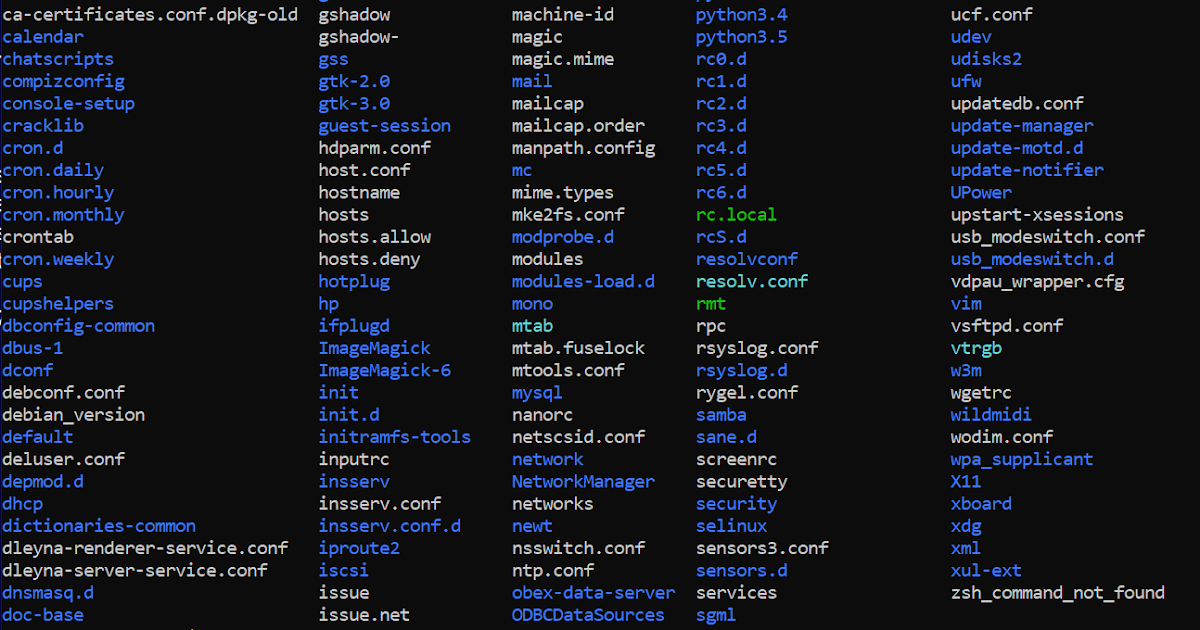
# configuration file, and defaults at the end. # Thus, host-specific definitions should be at the beginning of the # Any configuration value is only changed the first time it is set. # Configuration data is parsed as follows: # users, and the values can be changed in per-user configuration files # This is the ssh client system-wide configuration file.

config.txt content is like below which is and ssh_config file from an Ubuntu box. In this example grep term is ssh and the file we want to look is named config.txt. We can grep specified word or text just by providing the grep term and the file we want to grep. > grep -help Print Grep Help Information Grep Specified Word or Text We can print help information with the -help option like below. But we may need some helpful information about the usage and options. Grep command in Windows is very similar to the Linux version. We can see that grep command expects some option and file in order to work. So we will provide the Admin privileges by click Yes to the dialog box. This may require some Administrative privileges. We will start the installation by clicking to the gre-2.5.4-setup.exe We can see that the current version of the grep we will install is 2.5.4. But keep in mind that when new versions have arrived following link will be absolute or old. Or simply we can download from the following link directly.

We can download the grep setup file from the following page. Hopefully, it is also provided for Windows operating systems and platform by GNU. Grep is a Unix or Linux tools provided as opensource. In this tutorial, we will learn how to download, install and use grep and egrep for Windows operating systems. grep also have subversions like egrep which will provide extended functionality like regular expressions. It is mainly used to match and print specified text in given text files in different formats. Grep is a very powerful and useful tool used in Linux and Unix operating systems.


 0 kommentar(er)
0 kommentar(er)
